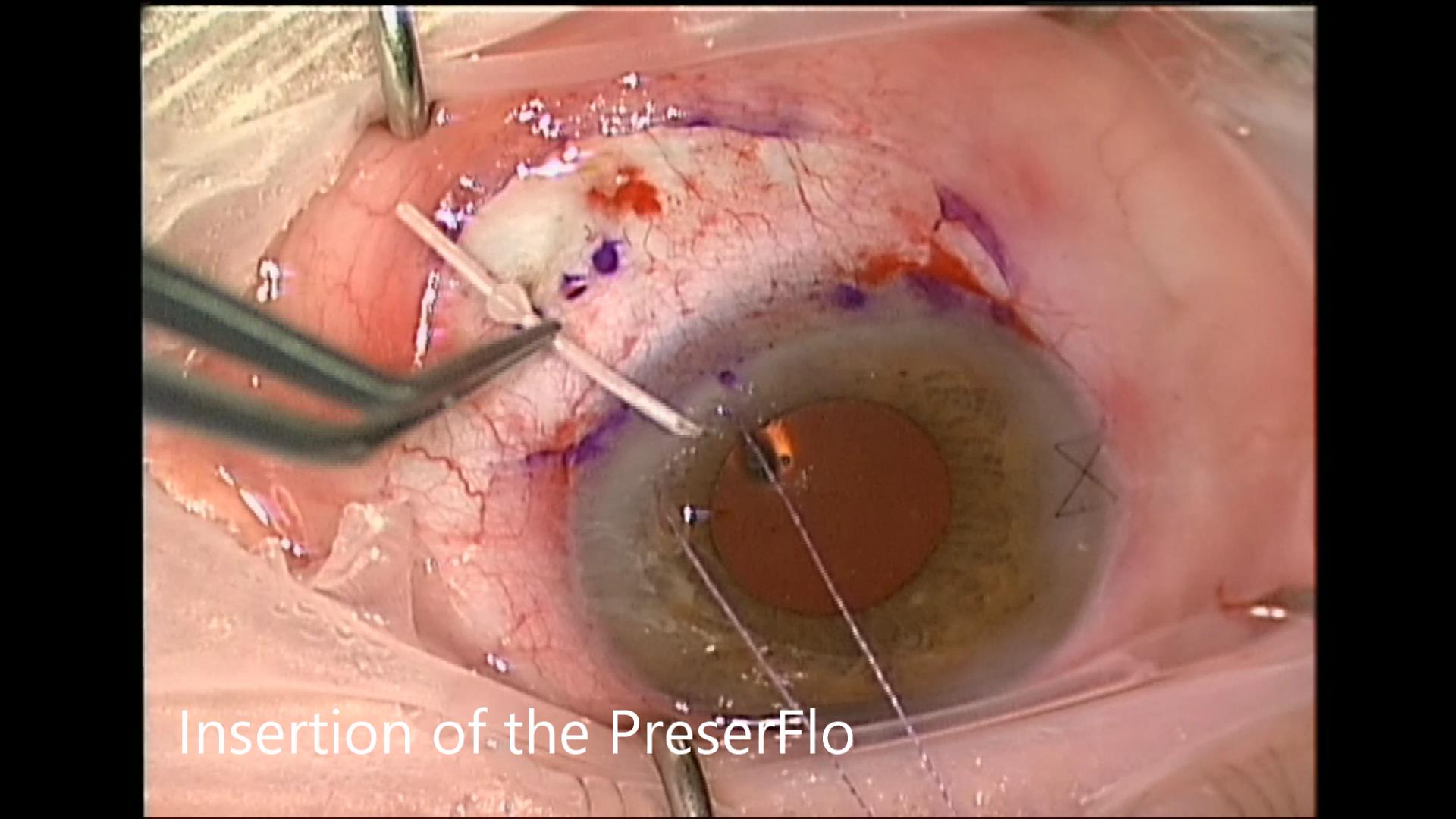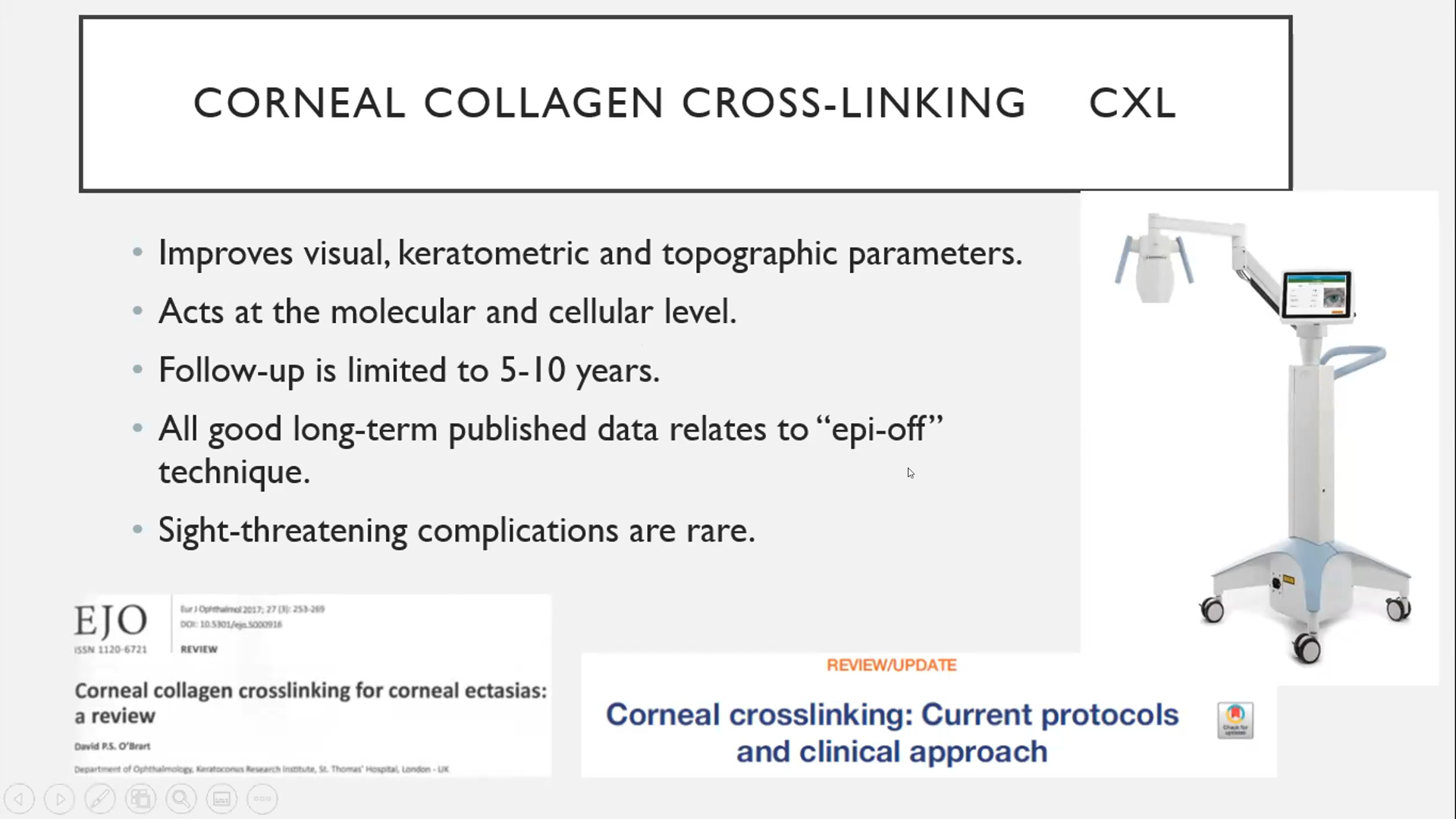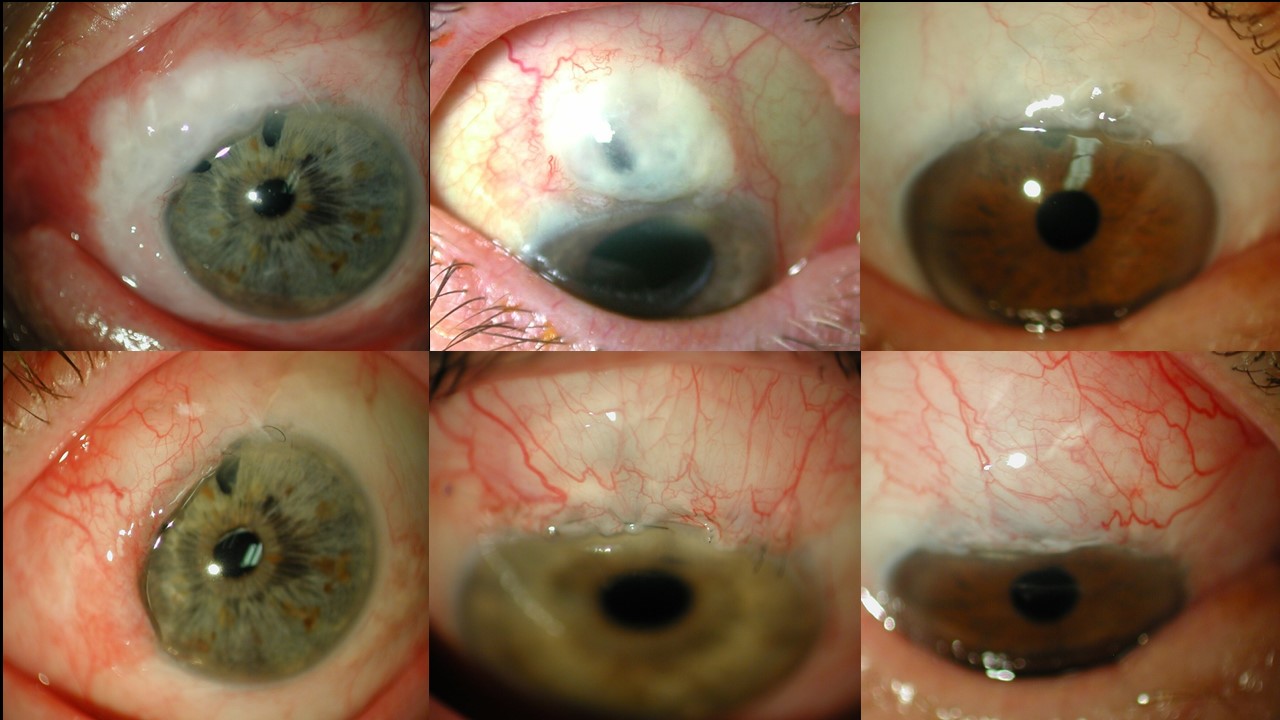Ocular Surface Squamous Neoplasia - Part 2
Ocular surface squamous neoplasia presents as a spectrum from simple dysplasia to carcinoma in situ to invasive squamous cell carcinoma involving the conjunctiva as well as the cornea. It is a distinct clinical entity, although it has been known by a variety of different names throughout the literature. Most commonly it arises in the limbal region, occurring particularly in elderly males who have lived in geographic areas exposed to high levels of ultraviolet-B radiation, however is becoming more common in younger patients with HIV. Symptoms range from none to severe pain and visual loss. They can be diagnosed on slit lamp examination looking for corkscrew vessels, although technology with high resolution OCT is evolving. Topical treatment has become the major form of treatment with recurrence rates of around 15%. Surgical excision with or without adjunctive therapy is indicated for invasive disease and failed topical therapy. Close follow-up in the first 2 years and then annually is important to detect recurrence and instigate early management.



